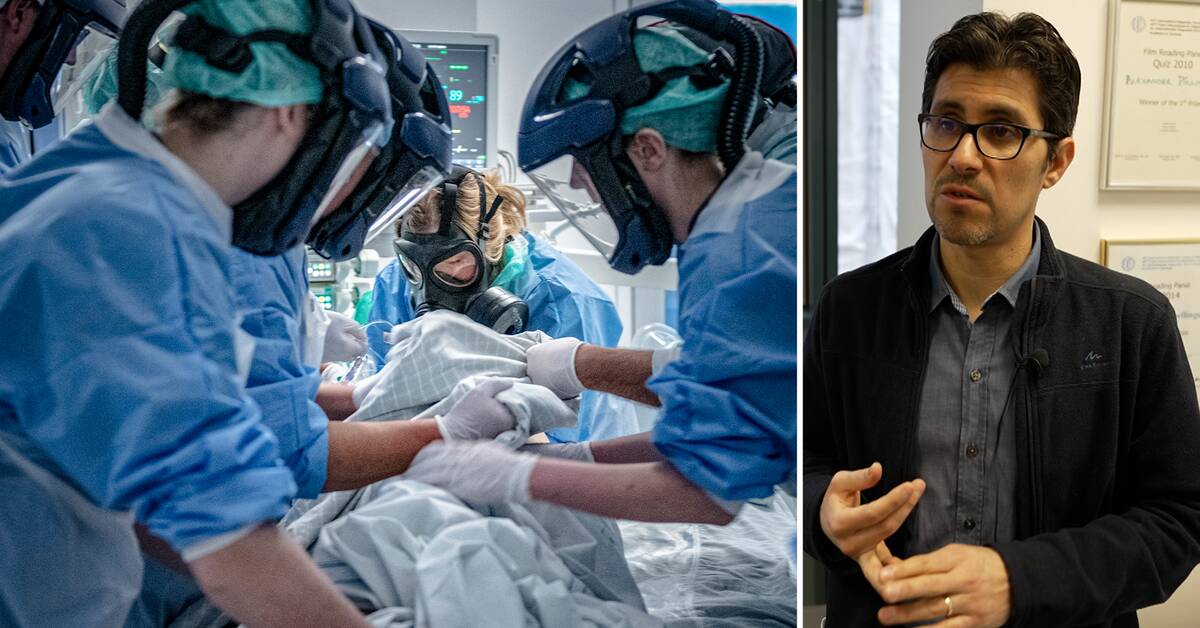When healthcare is under heavy pressure, it is extra important to plan resources well in advance.
During the pandemic, Sahlgrenska University Hospital in Gothenburg tested using AI models that, among other things, used telecom data on residents' movement patterns to predict the spread of infection.
- It gave us a tool to short-term forecast the number of hospitalization cases of Covid-19 patients at the hospital and has been of great importance for our planning of the distribution of resources, says Thomas Brezicka, chief physician at Sahlhgrenska.
Important information
In the Swiss capital Bern, the university hospital Inselspital wants to be better at calculating how many of the Covid patients ultimately need intensive care.
For that, one also takes the help of artificial intelligence in the calculations.
Data on gender, age, medical samples and computed tomography of the lungs are entered into the AI.
A prognosis for the development of the disease is published.
- We get a prediction about the patient's condition one week ahead, which is very important to know which patients are expected to end up at IVA, explains Professor Alexander Poellinger who leads the clinical part of the project.
Know in advance
During the pandemic, many planned operations were forced to be canceled in order to free up capacity for seriously ill covid patients.
But full capacity was not always needed.
- With this system, we can know in advance if we dare to plan operations as usual for a week when the inflow of severe covid disease is expected to be lower, or vice versa.
Why is an AI required for this?
Why is the human doctor's brain not good enough to make that prognosis?
- AI is good at handling large amounts of data, which a human would have difficulty coping with.
Finding patterns that we humans might not discover, says Professor Mauricio Reyes at CAIM, the Center for Artificial Intelligence in Medicine, in Bern.
Useful in pandemics
By the summer, they are ready to put the system into operation.
Hopefully Covid 19 will then be a diminishing problem, but the method is still useful in the future.
Not only if something similar comes back, but also for other diseases, Professor Poellinger believes.
- As with rheumatic diagnoses where the patient suffers from various ailments at the same time and a lot of data needs to be compiled.
There, AI can help to give an idea of where the patient is in their disease development, so we can more accurately implement the right treatment.

